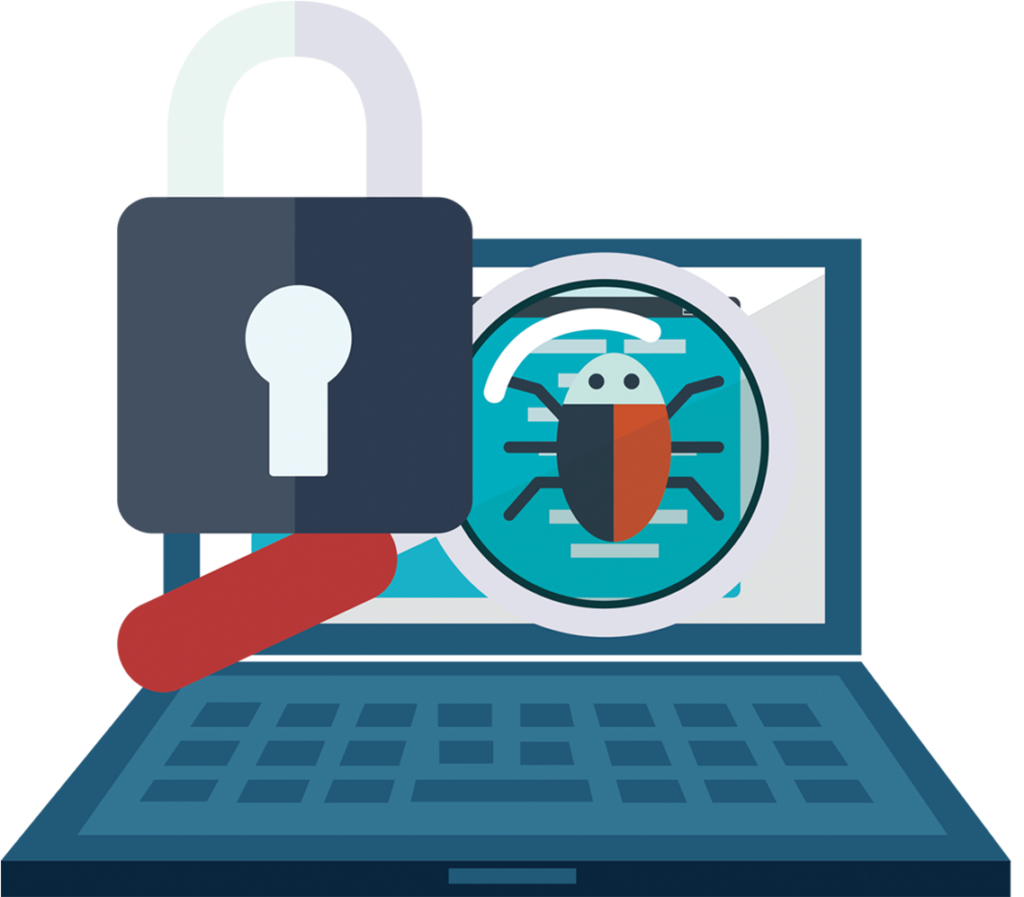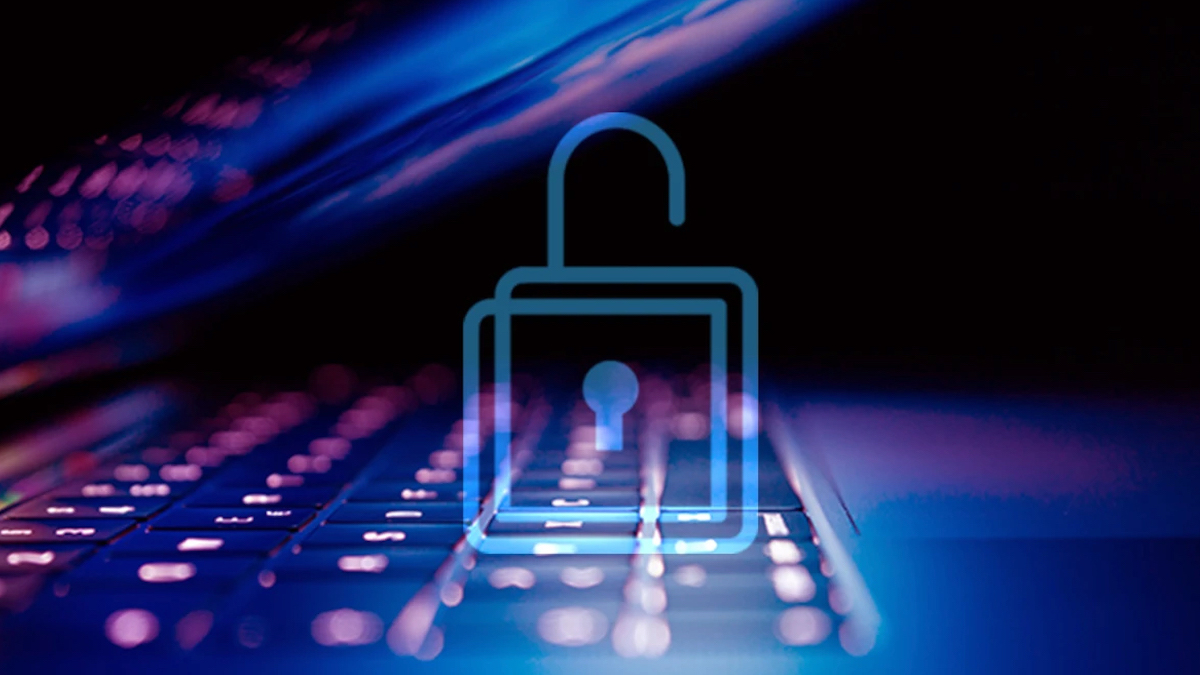How To Find, Avoid & Remove The Worst Computer Viruses
Computer viruses are an increasingly common cyber attack against businesses, and an infection can cause catastrophic levels of harm.

Some possible outcomes of virus infection are data theft, file corruption, customer spam, or system crashes, all of which can put business continuity at risk.
While some computer viruses are easy to spot and avoid, others infiltrate your business in highly sophisticated and destructive ways.
Fortunately, organizations can take steps to stay ahead of the curve, such as becoming more cyber-aware, securing networks, and updating technology to prevent or minimize the potential damage caused by attacks.
What Is A Computer Virus?
Computer viruses pose serious threats to businesses, and can lead to financial and reputational loss.
A computer virus is a malicious type of program or code designed to alter how a computer operates, usually with the intent of hacking your device.
A type of malware, viruses replicate and spread across computers, causing damage to data and software. The virus operates by attaching or inserting itself into a document or program. Once the file is opened, the virus executes its codes.
Viral code can spread through drives, networks, infected email attachments, or file-sharing programs. When this happens, the virus can disrupt system software by destroying or corrupting data, resulting in data loss and leakage.
As cyber attacks against small to medium-sized businesses continue to escalate in frequency and severity, it’s crucial to have protective measures in place.
How To Protect Against The Worst Computer Viruses
Certain online activities can expose a business to cyber threats. An employee can contract a computer virus by simply downloading files or opening attachments or links.
Prevention is always better than cure when it comes to viruses, so here are eight ways to protect yourself against computer viruses:
1. Encourage Employees To Use Strong Passwords
Strong passwords are one of the easiest ways to improve your system security. Require employees to create complex passwords consisting of at least eight alphanumeric characters, combining uppercase, lowercase, and special characters.
Enforce the use of a secure password manager for added protection, and consider the use of multi-factor authentication (MFA).
2. Install Antivirus Software
Installing Next-Generation antivirus software on all company devices is one of the most effective ways to prevent successful computer virus attacks.
Antivirus software scans for viruses trying to enter your system files, emails, or operating system. To combat the latest threats, make sure your antivirus software is up to date at all times.
3. Scan Computer Systems Regularly
Computer viruses evolve all the time and can learn to bypass your protective measures. Conduct regular scans using your antivirus software to find, quarantine, and remove malicious agents and avoid damage.
4. Backup Your Computer
Although this step may not prevent computer viruses from entering your devices, it will limit the potential damage that may occur following infection.
Create a periodic backup schedule to ensure you can retrieve your data in the event of attack. A cloud backup can help you save copies of vital records and files in a safe location.
5. Perform Timely Updates
While you might be careful to avoid a computer virus on the internet, a software vulnerability could leave you exposed. As soon as patches or updates become available, they should be rolled out across your organization.
With a Mobile Device Management solution, this can be done remotely and at a convenient time for employees.
Mobile device management (MDM) is a proven methodology and toolset used to provide a workforce mobile productivity tools and applications while keeping corporate data secure.
What Is Mobile Device Management (MDM), Why Your Business Needs It: https://www.youtube.com/watch?v=lgCR5lXUnvM
6. Be Cautious With Email Services
It’s common for cyber criminals to spread viruses with spam or phishing emails. The virus hides in links or attachments and installs in the recipient’s computer once opened.
According to research, 46% of hackers spread a virus through email. At its core, phishing is an attack methodology that uses social engineering tactics to make a person take an action that is against their best interests.
Employees should avoid opening or reading emails from unrecognized email addresses, and only download files or attachments from trusted sources.
It’s important to implement strong email security practices and understand the various types of phishing attacks in order to identify them.
7. Avoid Suspicious Websites
Websites can contain viruses that infect your computer via clicks on ads, graphics, pop ups, and misleading links. Don’t interact with suspicious website domains – a secure URL will begin with “https” rather than “http” and will also have a lock icon.
Your business’s cybersecurity practices should also prevent employees from visiting such sites.
8. Educate Your Employees
Cybersecurity begins with the user. Create a security awareness program if your organization doesn’t already have one and educate your staff on ways to protect company assets online.
Training should be conducted regularly to inform new employees of your policies and refresh existing workers on best practices.
The Worst Computer Virus Examples:
Viruses come in many shapes and forms. The worst computer viruses can destroy your entire system, erasing vital files and putting essential data at risk.
Below are the worst computer viruses of all time:
1. MyDoom
MyDoom is one of the fastest spreading viruses in history. Thanks to mass emailing, it infected one in twelve emails at its peak.
At one point, MyDoom even took down Google, preventing users from conducting web searches, causing an estimated damage of $38 billion.
2. ILOVEYOU
Also known as the “Love Bug” virus, ILOVEYOU worked by sending a bogus love letter to users’ mailing lists. When the attachment was opened, the virus quickly replicated and destroyed users’ hard drives and files.
Considered one of the first global computer viruses, it caused damage up to $10 billion.
3. Zeus
Zeus hit the web in 2009 and targeted Windows computers for financial theft. Zeus compromised accounts from leading corporations and banks, stealing email addresses and banking information from users.
An estimated $70 million was stolen as a result of this computer virus.
4. Code Red
Code Red was a computer virus first observed in 2001, targeting Microsoft IIS users with the ultimate goal of launching a distributed denial-of-service (DDoS) attack against the White House website.
The Code Red virus caused total damages of about $2.4 billion.
How To Get Rid Of The Worst Computer Viruses
Hacks and computer viruses cost U.S. businesses $109 billion per year. While steps can be taken to avoid infection, businesses should also be prepared to react quickly if they are impacted by a computer virus.
Follow the 9 steps below to eliminate viruses from your computer:
1. Download and install antivirus software: Ensure you choose a Next-Generation antivirus software that offers strong protection against viruses.
2. Disconnect your computer from the internet: Since many computer viruses spread via the internet, it’s safer to disconnect when removing viruses.
3. Enter safe mode: Restarting your computer in safe mode will help protect your computer from the virus.
4. Erase temporary files: Delete your temporary files to get rid of any malicious program or app that might cause the infection.
5. Run a virus scan: Once you install the antivirus, run a full virus scan to detect any intrusion.
6. Delete or quarantine infected files: After scanning your device, your antivirus software will inform you of any issues that require attention.
7. Restart your computer: Once you remove the virus, you can restart your computer.
8. Change your passwords: Update all of your passwords to protect against future attacks.
9. Perform updates: For further protection, update your browser, software, and operating system.
Small and medium-sized businesses face the threat of computer viruses every day. While some viruses can be detected, isolated, and removed before causing damage, others can put your entire business at risk.








